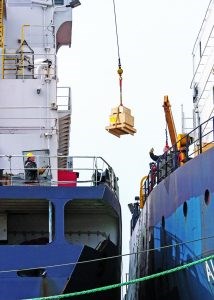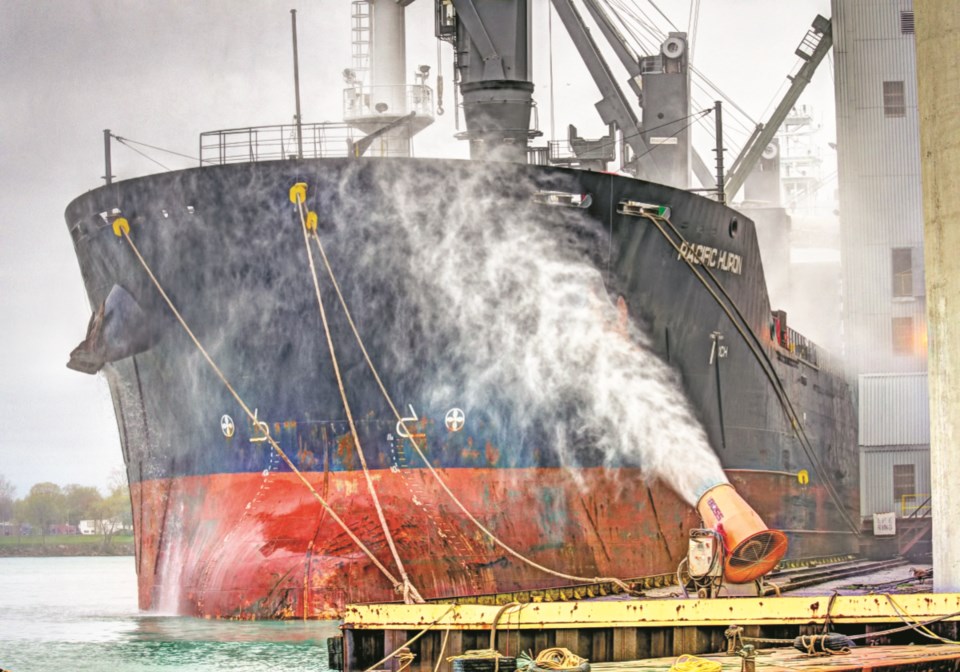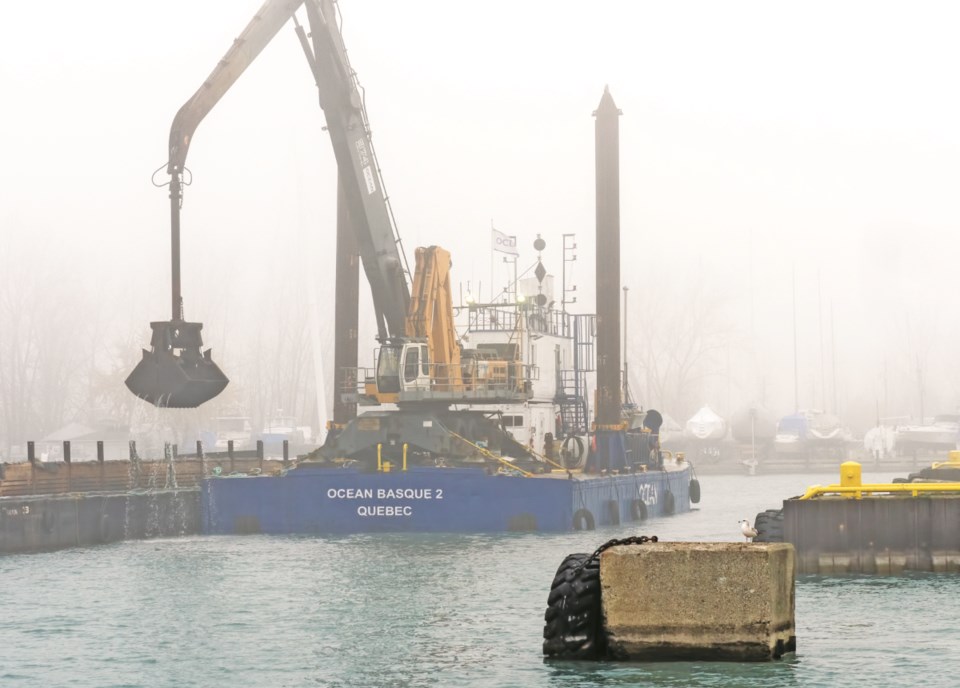Troy Shantz & George Mathewson
When city council agreed to take ownership of Sarnia Harbour in March of 2014 it provoked some quiet angst.
After all, running the federal government’s sprawling complex of shipping wharves and warehouses was far outside City Hall’s core mandate of roads and garbage collection.
Despite Ottawa sweetening the handover with a one-time cheque for $8 million, the decision meant real financial risk to local taxpayers.
Now, seven years in, it’s safe to say the deal has been a good one for Sarnia.
The Harbour has averaged $343,000 in net income annually since the city took ownership. And while most of the $8 million float has already been spent on upgrades and a controversial dredging project, the long-range outlook is positive, according to a third-party assessment.
The report by consultant MDB Insight concluded the Harbour will continue to generates annual surpluses from the ships that pay to use it, revenue that will be more than enough to cover the next round of dredging and ongoing operations until at least 2027.
And yet, while profitable, the facility hasn’t lived up to its considerable potential, the 2020 report concluded.
“Because of the one-time funding provided at the time of divestiture, it has never been a financial burden to Sarnia taxpayers, but the potential of that is on the horizon and has some people concerned.”
As a result, a top priority for the city’s newly minted Economic Development Department is to get the Harbour fully certified as a marine facility, a move that would allow more international vessels to dock here, Economic Development director Kelly Provost told The Journal.
Raising the classification would reduce the paperwork needed for international vessels to dock and allow more of them to stay at one time, she said.

“What the Economic Development strategy is alluding to is that (international vessels) may potentially skip our harbour for another harbour that would have less processing required.”
Sarnia Harbour is actually comprised of four different docks; the Cestar Dock (formerly the North Slip) at the end of Exmouth Street; the Government Dock and Sidney Smith Wharf on Seaway Road; and the Mission Dock south of the downtown near Imperial Oil.
Collectively they can handle up to 12 ships at a time, and 30 to 40 regularly use the Harbour over the nine-month shipping season, Prevost said.
Income is generated from ship fees, electrical use and warehouse rents.
The huge vessels that tie up pay $1.05 to $1.80 per metre, per day, depending on which dock is used.
The Harbour’s usage fee is $375 per entry for up to 24 hours, and $1,325 for vessels with working cargo that stay longer.
A wharfage fee (cargo handling) is billed based on the commodity. Contractors also secure permits to work on ships in port over the winter.
But Harbour maintenance is hugely expensive. Part of the $8-million federal reserve was spent on road repairs, lighting, electrical upgrades and new transformers. The bulk went to a troubled dredging contact that removed 30,000 cubic metres of sediment from the Government Dock and North Slip in 2016-17.
As The Journal reported at the time, it was beset with problems. Dealing with contaminated water that seeped from excavated sediment piled at Sarnia Chris Hadfield Airport and unexpected consultant fees resulted in cost overruns.
Council met frequently behind closed doors. The dredging bill ballooned to about $3.5 million and resulted in legal action.
The MDB report warned that any money used to pay for litigation or potential damages from the suit will adversely affect the Harbour’s financial balance.
The lawsuit was finally resolved in December. City solicitor Olivia Nisbet declined to comment on its nature or how much it was settled for.
Today, only about $755,000 of the federal money remains. A separate account the city started for the Harbour has amassed about $1.9 million.
On the upside, no major work is needed until the next round of dredging between 2024 and 2029, and that is budgeted for.
But other challenges exist.
For one thing the Harbour is closely aligned - like the local economy itself - to the oil and gas industry.
About 100 large industrial components already pass through the docks each year to the Chemical Valley. And two related projects in the works – a $6-million Cestar Dock expansion at the foot of Exmouth Street and the $16.9-million Oversized Load Corridor – are both linked to the Western Canadian fossil fuel industry.
As the MDB report notes: “That industry is in flux and may have changed to the negative for the foreseeable future for local business.”
Sarnia took the harbour, in part, because it was concerned that if it didn’t another agency, like the Hamilton Port Authority, would place large sections of prime waterfront land in uncertain hands.
It was also a jobs strategy. Many local companies provide goods and services to visiting ships and their crews, and $15 million in marine repairs each winter support hundreds of good-paying jobs.
Provost said her team is already looking at other ways to boost the Harbour’s profitability.
Opportunities could include more corporate sponsors and improving and expanding the warehouses, and shipping biomass out of Sarnia. Another is the long-held dream of attracting Great Lakes cruise ship operators.
“We may need to look at diversification,” she said. “Maybe there are other industries if (Canadian oil and gas) is experiencing a decline.”
As a publicly owned facility, the Harbour fits all the economic priorities Sarnia is trying to advance, she added.
“These are our assets and we want to make them all the best economic drivers that we can.”

